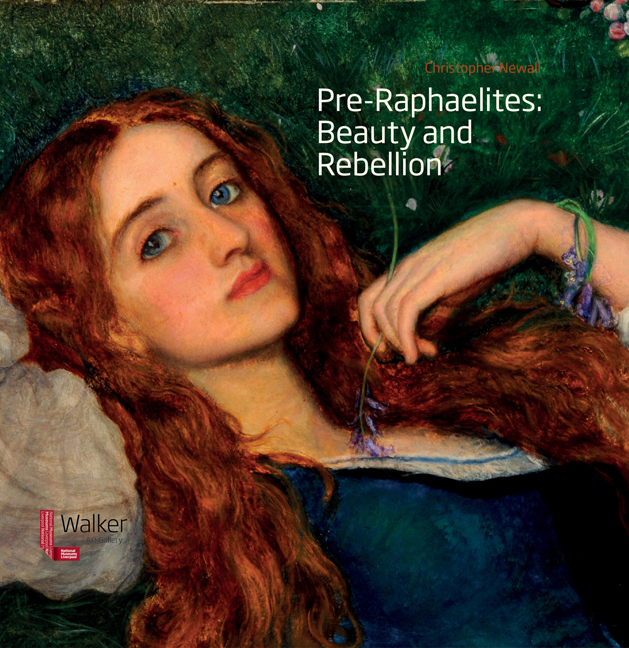The Liverpool school
Summary
The Pre-Raphaelite Brotherhood was formed in the autumn of 1848 by a group of young artists who had been born or brought up in London. The founding Pre-Raphaelites depended in the first place upon London exhibition spaces, foremost amongst which was the Royal Academy. In the 1850s professional and social connections began to be established between the London-based artists and their contemporaries living away from the capital. Members of the Pre- Raphaelite inner circle such as Ford Madox Brown, William Holman Hunt and John Everett Millais were aware of the opportunities that provincial cities offered as places to exhibit and for the access they gave to potential buyers. The works that they showed were looked at with interest and helped to spark a nationwide momentum in painting towards close detail and bright colour, and a fondness for naturalistic and carefully observed landscape settings. The Pre-Raphaelite works seen at the Liverpool Academy in the 1850s and ‘60s were powerfully influential upon an indigenous school of landscape and modern-life painters, leading to the establishment of a loosely formed but recognisable Pre-Raphaelite group in the town. However, the style of art devised by the Liverpool painters associated with Pre-Raphaelitism was in many ways a departure from the London-led prototype. Both in stylistic and technical terms, and in a larger sense to do with its purpose, the school of painters that emerged in the North West can be regarded as an artistic grouping in its own right and to a great extent intellectually and artistically detached from London.
Henry Currie Marillier coined the term ‘The Liverpool School of Painters’ when he thus titled the book that he wrote about the city's painters in 1904. Whether or not justified in so describing an amorphous and divergent group of progressive artists, the term was presumably endorsed by Edward Rae, son of the patron George Rae, and who was acknowledged as having encouraged Marillier to write his account of how the arts prospered in the North West of England over the century or so up until the demise of the Liverpool Academy in 1867. Marillier was especially interested in the Liverpool artists who may be described as Pre-Raphaelite, and the biographies that he compiled represent a valuable source of information on individuals for whom there might otherwise be little trace.
- Type
- Chapter
- Information
- Pre-Raphaelites: Beauty and Rebellion , pp. 79 - 104Publisher: Liverpool University PressPrint publication year: 2016



